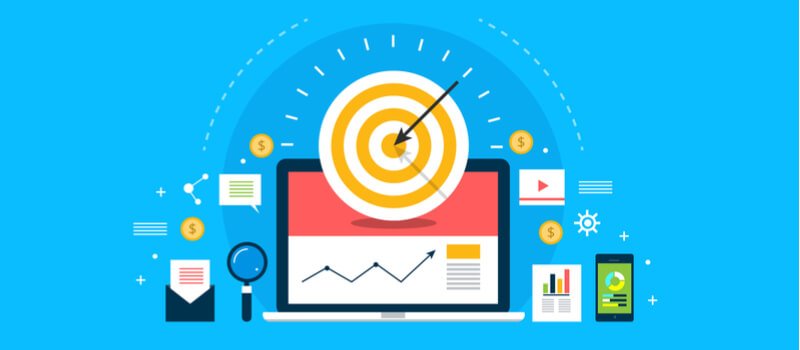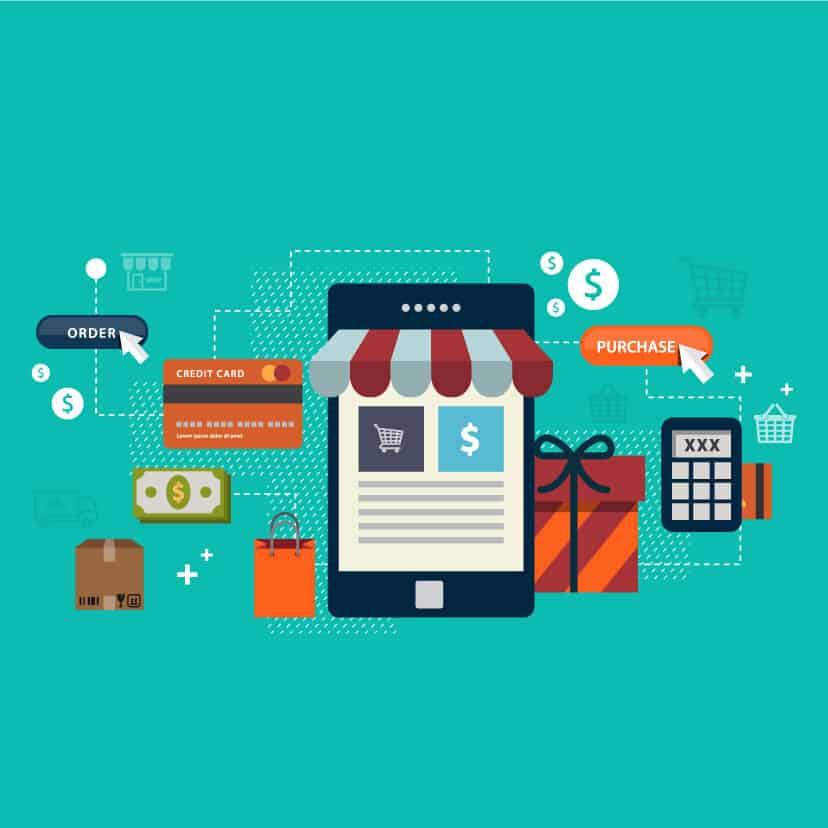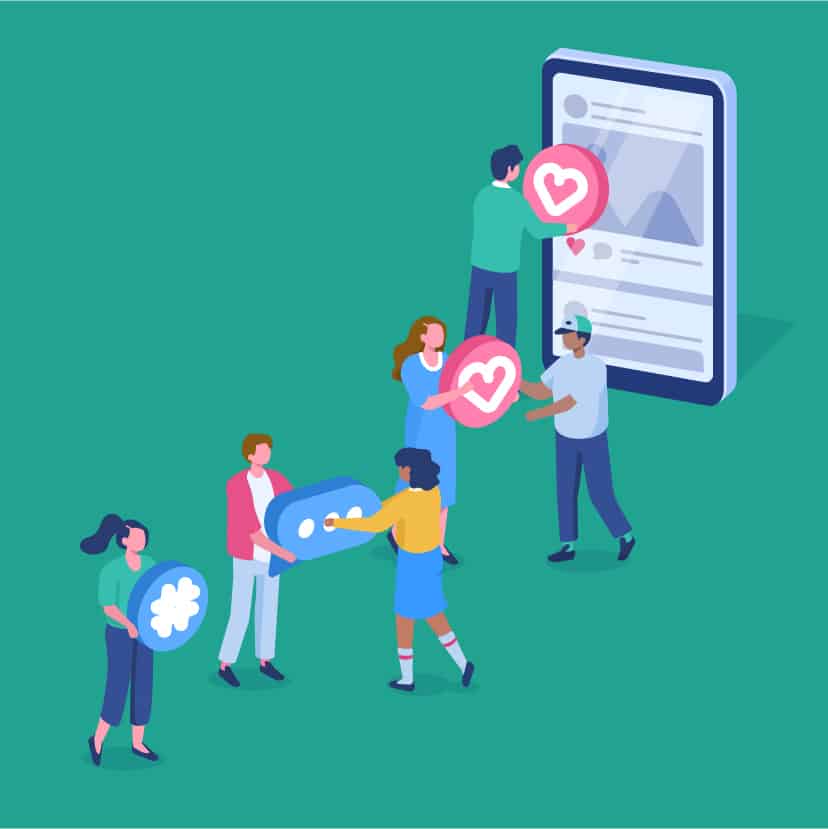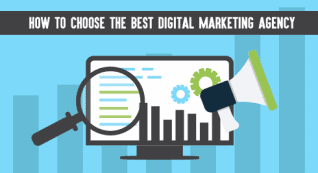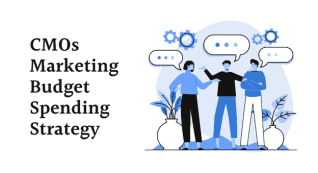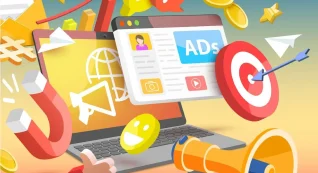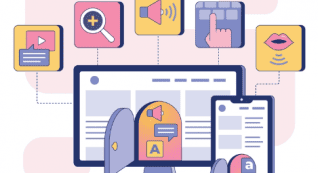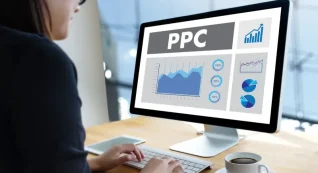When it comes to running your e-commerce store, you know that it is going to be a lot of work. You’ll have emails pouring in all day long while the telephone rings off the hook. Plus, you’ve got a lot of orders to ship. These are just the daily things that help you push forward. You’ll also have to focus on marketing so that sales continue to come in.
Table of Contents
It’s still worth it, though, yes?
Today, I’m here to help you out. I’m going to talk about eight new and trendy techniques that are sure to increase conversion rates for your e-commerce store in 2020.
Plus, these aren’t going to be the run-of-the-mill tips you’ll see on most of the other blogs out there. Instead, you’re going to get new methods that have been tried and tested to ensure that they work.
So, with Jerry Maguire’s words in mind: “Show me the money!”
Solo Product Landing Pages
First, we need to talk about product landing pages. They should be your secret weapon because they can help you convert users (visitors) into customers. Generally, these pages are created for specific reasons and are dedicated to particular products.
Most people think that they should just send the potential customer to the product page. That is one way of going about things, and you can do that. However, your visitor now has a ton of distractions, with many options available to them. This makes it harder for you to show them the value of the product.
Still, sending visitors to the product detail page could convert them to customers. Using a landing page, however, gives you many more options when it comes to creativity. Plus, you have an opportunity here to focus on one product and its features. That visitor will “click through” because they need or want the product, making it a more targeted approach.
Consider this landing page from the Dollar Shave Club:
When I first saw this landing page, I was completely sold on it and signed up almost instantly. This landing page promotes a bundled offer and receives traffic from the company’s Google Ad campaigns. Here, the brand has created a customized landing page around the proposal that talks more in-depth about the services and product.
Of course, the visuals are quite appealing, which doesn’t hurt the efforts here. In addition, the landing page clarifies specific points about the products while answering questions that users are likely to have.
This means that the user can get all the pertinent information they need and can then click on the call to action (CTA) button at the end. This takes them directly to their shopping cart, allowing them to buy the product immediately.
Clearly, this isn’t something that can be done for thousands of products. However, you can pick and choose the top product lines or the ones you want to promote and use this approach.
Use Product Ad Groups for Your Google Shopping Ads
If you haven’t noticed yet, Google Shopping Ads has taken over everything.
Okay, that might be an exaggeration, but they are still a big deal and an excellent way to increase your e-commerce conversion rates.
Do They Work?
A clothing website called Morhipo actually increased its conversion value by 500% once it implemented these shopping campaigns. We think those are pretty good results.
In 2017, many Google Ads advertisers generated about 75 percent of clicks through Shopping Campaigns.
Google Shopping Ads are specific ads for products that are shown on the Google search results page. Each ad features an image, price, and title.
Here’s how it looks in action:
Unlike regular Google Ads, these shopping campaigns don’t use any keywords. Instead, Google decides whether or not a search query is relevant to the product before it shows the ad.
These ads are primarily triggered by users when they search for related terms to the product.
What Are One-Product Ad Groups?
There is a default set-up when you create a shopping campaign. It requires that all of the merchant’s product feeds be placed into a single product grouping.
Unfortunately, this often isn’t the best way to implement these campaigns because it can restrict the amount of control you have over the ads.
As marketers, we all desire to be in control as much as possible when it comes to our marketing campaign efforts.
It’s based on creating a product ad group for every product in your shopping feed.
If you already run shopping ads (and you should be if you aren’t), then our One Product Ad Groups allow you to have more control over every product, based on how it performs.
Multiple Remarketing Offers
A remarketing campaign is one of the best tools out there. If you’re hoping to increase your e-commerce conversions, it’s a great way to reach your target.
Chubbies is an American shorts brand that used some retargeting campaigns to boost its sales. They launched a number of ads on Facebook that showed the products customers had added to their carts but hadn’t purchased yet.
The results?
The brand saw a 35-percent lift in ROI, which is no small feat!
So, what did the company do next? They mirrored that same campaign using Twitter, that’s what!
Right now, you’re probably already running some remarketing campaigns. The question is, have you fallen into a trap where you show the same offer to everyone who abandons the site?
Are you showing the same ads over and over in hopes that potential customers will change their mind and revisit the site and buy something?
If you have, don’t fear. We’ve got a few insights that will help you revamp your remarketing campaigns.
You may or may not know this, but remarketing uses something called audience targeting to show advertisements to people who have been on your website before and completed a task. This can be, for example, adding items to the shopping cart but not buying anything.
Usually, companies set up their remarketing campaigns and place all the users into the same group (added items to the cart within the last 30 days). Then, the company shows the consumer the same ad until they don’t fall into the same group anymore.
However, that won’t get you the results you are hoping for from remarketing campaigns.
Instead, it is better to split up the audience based on how long it has been since they had performed a specific action. In addition, you should test different offers to determine which one helps you reach higher conversion rates.
To do that, we’re going to start by looking into Google Analytics. Then, we’ll use the browser to access the time lag report – Conversions to Multi-Channel Funnels to Time Lag so that we can adjust the date range to show the last 30 days.
This will show us the time-lapse in days before visitors bought anything from the website.
Look at this example below:
Here, we can see that almost 45 percent of users bought something on the day they initially arrived at the site.
However, more interesting is that 30 percent of users bought something between the 12th and 30th day.
It does sound confusing, but it’s quite easy to set up.
From our example above, we could build four different audience groups. The first audience would be the 0-3 days and would show users the standard remarketing ad. Of course, we’d still test different ad creations to see which one performs the best.
The next two audience groups would be for days 4-7 and 8-11. Here, we’d test various offers to hopefully bring the abandoners back to the website and complete their purchase.
Examples of Offers Can Include:
- Buy “this” and get “that” free offer
- Order discount
- Free shipping
Since we already know that users between the 12th and 30th day convert quite well, we might not choose to test an offer here. However, we might consider different ad creations to see which one has the most impact on our return on ad spend. Therefore, we might start by testing various videos and images or use testimonials to reinforce how trustworthy the business is.
Remarketing Eco-System
Remarketing is for a specific channel. It helps you build up an eco-system of platforms or websites to show ads to users in the hopes of bringing them back to the site.
Potentially, you could start implementing the strategy using the Google Display Network. Then, you could apply that same targeting to Instagram, LinkedIn, Facebook, and Twitter, among others.
Expert Tip: You can take retargeting campaigns to the next level and show ads that include the products users have added to their cart, directly in the ad. This is done using dynamic remarketing.
Expert Tip #2: Ensure that you’ve excluded buyers from the audience once they’ve completed their purchase.
Buyers Can’t Say No to This Shopping Cart Abandonment Email
Imagine this: A shopper adds a desired product to the cart, starts the process for checking out, and then gets to the payment page. Suddenly, they vanish and are never seen again.
Does this sound familiar?
It happens often enough that the term is called Shopping Cart Abandonment, and it is on the rise, unfortunately.
According to studies, there was an average rate of cart abandonment of 69.23 percent in 2019.
The good news is that there is a method to bring back those highly engaged users to your website. You can do so by sending them an email. However, it can’t be just any email.
That email has to motivate your user to come back to the website and complete their order.
We’ve got a few ideas and topics to cover here. They include:
- Return policy
- Delivery charges
- Reviews
- Special offers
- About Us information
Plus, you don’t have to do all of this manually.
It depends on the platform you’re using. For example,
Live Chat Answering Questions from Customers Faster
Live chat enables your customers to talk with customer service or salespeople in real-time while they’re on the website.
Live Chat Example
Shoppers might have a question about a particular product that hasn’t been answered on the product description page.
Live chat requires very little commitment from the visitor. For example, they don’t have to call anyone and talk to them. Plus, users get their questions answered easily and quickly.
When users have more positive responses to their questions, it increases the likelihood that they will complete a purchase.
Live Chat Case Studies:
There is no shortage of case studies out there to show the impact of live chat for businesses. It can make a huge impact and doesn’t require an extensive budget.
Here are a few examples:
- Leadpages increased its conversion rate by about 36 percent.
- SalesRabbit increased its qualified leads by about 50 percent.
- Perfecto increased its conversion rate by about 400 percent.
Product Descriptions That Will Make People Buy
Compare these two statements:
- “This rainproof running jacket has been made using a newly-created and light fabric that will help keep out moisture in a variety of wet conditions.”
- “Never be put off from enjoying a run in the rain again with our amazingly lightweight running jacket, which will keep your speed up and rain out.”
The first description just describes the product features, while the second one discusses the benefits of buying and using the product.
Why does this matter?
People tend to buy products because of what they can do for them, not just because of what they do in general.
Therefore, when you engage users by showing them the benefits of a product instead of just listing features, you’ve got a better chance of closing the sale.
If you’ve got a catalog listing thousands of items, this is going to take some time to complete. In that case, I’d suggest you start with the top-selling products. Consider rewriting ad copy and measuring the difference it makes on sales for those items.
Usually, this will justify any work involved in writing high-quality descriptions for your products.
Use Professional Photos without Manufacturer Images
In a recent study, it was found that about 82 percent of shoppers clicked on a shopping ad first if someone was wearing the item rather than just having an image of the product against a plain background.
This statistic alone shows that images are powerful, even if the user hasn’t gotten to the website yet.
It is important to take the time to photograph the products if you want to successfully sell items online.
In a sense, the photo of the product is the only thing the potential buyer has to visualize quality. They can’t touch it or try it on first.
Take a look at an example from Azzaro:
You can see that this is a pair of swim trunks. However, the photography is of high quality, which makes them more appealing.
Just as with the product descriptions, it will take you some time to photograph everything if you have a large catalog. Therefore, you may want to test this theory out on the top-selling items first, to measure the impact it will have on your sales.
User Recordings Can Improve Experience
The final technique relates primarily to conversion rate optimization. If you didn’t already know, CRO (Conversion Rate Optimization) is a process that helps turn more visitors into customers just by optimizing the website.
This improves conversions because when you optimize the website, you can encourage people to hang around on the site longer. The longer they stay, the higher the chance they’ll buy something.
A significant part of CRO requires finding out which obstacles users run into while they’re on your website.
When we optimize websites, we focus on user recordings to view a user’s screen while they’re on a site to see if we can determine any patterns or issues they’re facing.
This ranges from user-experience issues to technical problems.
In a sense, a piece of code is added to the website so that each user’s session can be recorded as a video for more analysis.
You’ll find this to be an excellent way to catch potential issues that users are or could be facing. More importantly, it gives you real-time data.
Case Study for User Recordings
Wyldsson is a company that makes healthy breakfast and snack products that are delicious. Plus, they are vegan-friendly and gluten-free. When it started implementing heat maps and user recordings, it increased its conversions by about 30 percent!
Conclusion
I hope that this blog post has been informative, and you’ve taken away from useful tips and insights that can be implemented in your store.
Good luck with increasing conversions on your e-commerce website!
Please send us any questions or comments you might have; we would be happy to help!



